Search the Special Collections and Archives Portal
Search Results
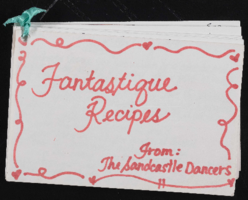
Fantastique Recipes handmade booklet made by the Sandcastle Dancers
Date
Archival Collection
Description
Series IV. Professional work outside the United States: show production materials -- Guam shows: production materials -- C'est Fantastique
Text
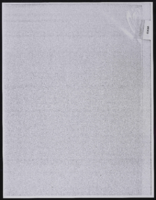
Show binder
Date
Archival Collection
Description
Series IV. Professional work outside the United States: show production materials -- Guam shows: production materials -- C'est Fantastique
Sand Castle Hotel (Guam)
Mixed Content
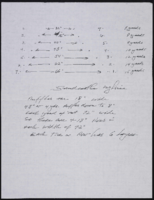
Opening costume design drawings and photographs of costume pieces
Date
Archival Collection
Description
Series IV. Professional work outside the United States: show production materials -- Guam shows: production materials -- Sandcastle 2000
Sand Castle Hotel (Guam)
Mixed Content
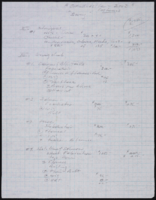
1940s Swing costume design drawings and photographs of costume pieces
Date
Archival Collection
Description
Series IV. Professional work outside the United States: show production materials -- Guam shows: production materials -- Sandcastle 2000
Sand Castle Hotel (Guam)
Mixed Content
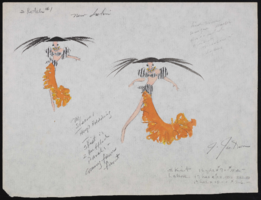
New Latin costume design drawings and notes
Date
Archival Collection
Description
Series IV. Professional work outside the United States: show production materials -- Guam shows: production materials -- Sandcastle 2000
Mixed Content
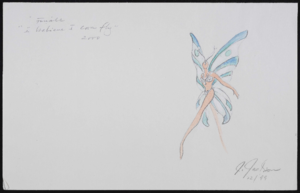
Finale costume design drawings, photographs of costume pieces, and notes
Date
Archival Collection
Description
Series IV. Professional work outside the United States: show production materials -- Guam shows: production materials -- Sandcastle 2000
Sand Castle Hotel (Guam)
Mixed Content
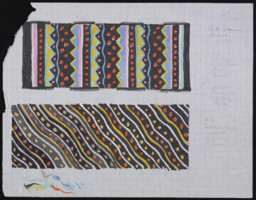
Set design: notes, rough sketches
Date
Archival Collection
Description
Series IV. Professional work outside the United States: show production materials -- Guam shows: production materials -- Sandcastle 2000
Mixed Content
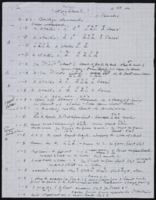
Choreography notes
Date
Archival Collection
Description
Series IV. Professional work outside the United States: show production materials -- Guam shows: production materials -- Sandcastle 2000
Text
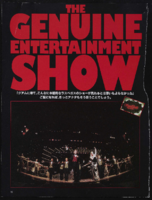
Promotional materials
Date
Archival Collection
Description
Series IV. Professional work outside the United States: show production materials -- Guam shows: production materials -- C'est Fantastique
Sand Castle Hotel (Guam)
Mixed Content
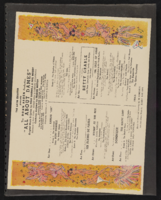
Donn Arden scrapbook 12
Date
Archival Collection
Description
Series 7: Scrapbooks. Press clippings and publicity including advertisements, programs and show reviews for Arden shows and dancers at the Desert Inn, Moulin Rouge, Latin Quarter, Ciros. Also includes clippings on the Lido (Paris) and Lido (Las Vegas). Lido shows include: C'est Magnifique, Avec Plaisir, and Ca C'est Amour. Clippings on the Paris Lido are in French. Also included are clippings on Arden's Starlight Spectacular Stage and Aqua Show.
Mixed Content
